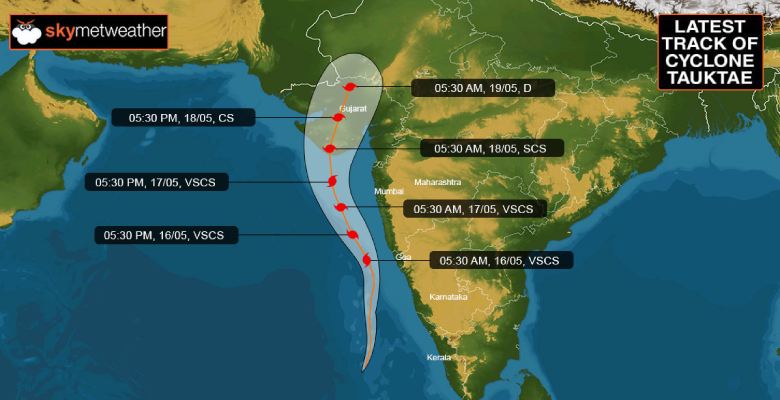Introduction
Growing up in the village of Karjala in Bhavnagar, I always had a fascination with communication. But it wasn’t until a life-altering event that I truly appreciated its importance. During the devastating Tauktae cyclone in Gujarat, I faced a situation that would lead me down an unexpected and enriching path: the world of ham radio.
A Critical Moment
When Tauktae struck, it left a trail of destruction in its wake. Cellphone towers went down, and communication with my village was impossible. Living in Surat, I felt an overwhelming urge to reach out and ensure the safety of my family and friends back in Karjala. The experience was terrifying; I was cut off from everything familiar and desperately needed a way to reconnect.

As I searched for solutions, I considered various communication methods. My first thought was to use Wi-Fi, but the 125 km distance was far too great for that. Then, a childhood memory resurfaced: I remembered receiving Surat FM radio signals in my village. This sparked an idea—if I could somehow harness radio waves, perhaps I could communicate over that distance.

The Roadblocks
However, my enthusiasm was met with harsh reality. Broadcasting on FM frequencies (88 MHz to 108 MHz) without permission from the Government of India is illegal, and individuals cannot obtain a license for FM transmission in the broadcast band. Additionally, frequencies below 88 MHz and above 108 MHz are allocated by the Ministry of Telecommunications for various services, including policy communications, air traffic control, and other critical operations. The idea of being penalized for trying to connect with my loved ones was daunting. So, I dug deeper, exploring what frequencies were available for civilian use.
This led me to an exciting discovery: amateur radio, or ham radio. It’s a licensed hobby that allows individuals to communicate across vast distances legally. This revelation was like finding a beacon of hope amid the chaos.
Finding Guidance
Determined to learn more, I sought out local ham radio operators and connected with VU2TPF, a seasoned amateur radio enthusiast. Their guidance was invaluable as I navigated the process of obtaining a license. In 2021, I began preparing for the ham radio exam offered in Hyderabad. It was a learning experience filled with technical jargon and regulations, but every moment was worth it.

The License
After hours of studying and preparation, I sat for the exam and was thrilled to pass! By January 2022, I received my ham radio license. It felt like a rite of passage, transforming me from a novice to a licensed operator, ready to explore the fascinating world of radio communications.
The Ham Radio Experience

Since obtaining my license, I’ve been able to connect with fellow enthusiasts, participate in emergency communications, and even join local clubs. The sense of community among ham operators is incredible. We share knowledge, support one another, and are always eager to help newcomers. I also setup my my own radio station.
Conclusion
My journey into ham radio began with a crisis, but it blossomed into a rewarding hobby that not only enhances my technical skills but also strengthens my connections with others. If you’re considering getting into ham radio, I wholeheartedly encourage you to take that leap. Whether you’re looking to enhance your communication skills, join a vibrant community, or prepare for emergencies, the world of ham radio awaits you!
Get Started
If you’re interested in exploring ham radio, here are a few steps to get started:
- Research: Learn about different frequencies, equipment, and regulations.
- Connect: Reach out to local ham operators or clubs for guidance.
- Study: Prepare for the licensing exam; many resources are available online.
- Practice: Once licensed, start experimenting and making connections.
Ham radio not only allows you to communicate but also opens the door to a global network of enthusiasts who share your passion. So why wait? Dive into the world of ham radio and discover the connections waiting for you!
